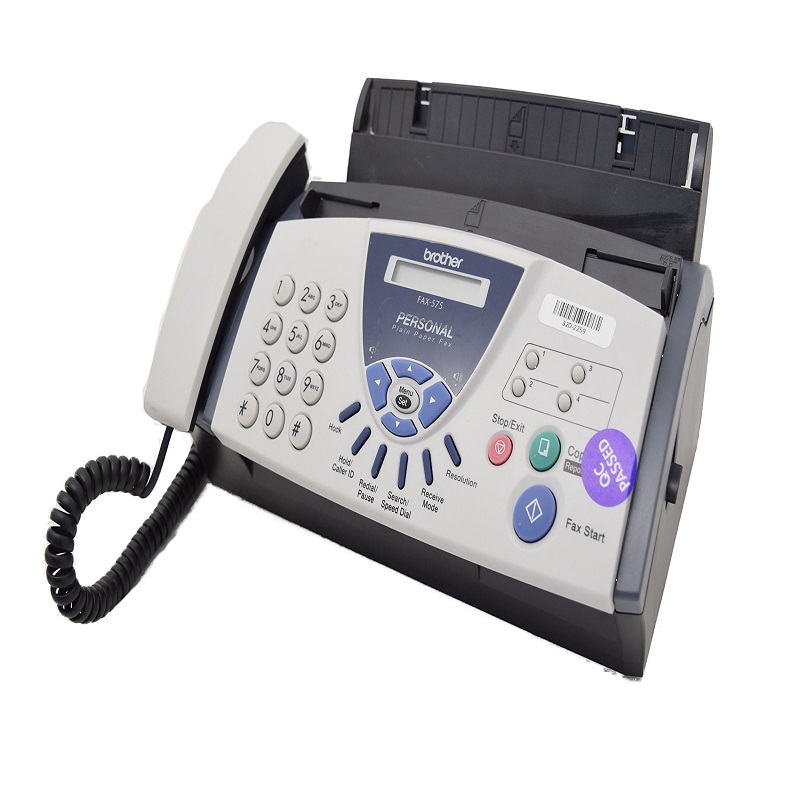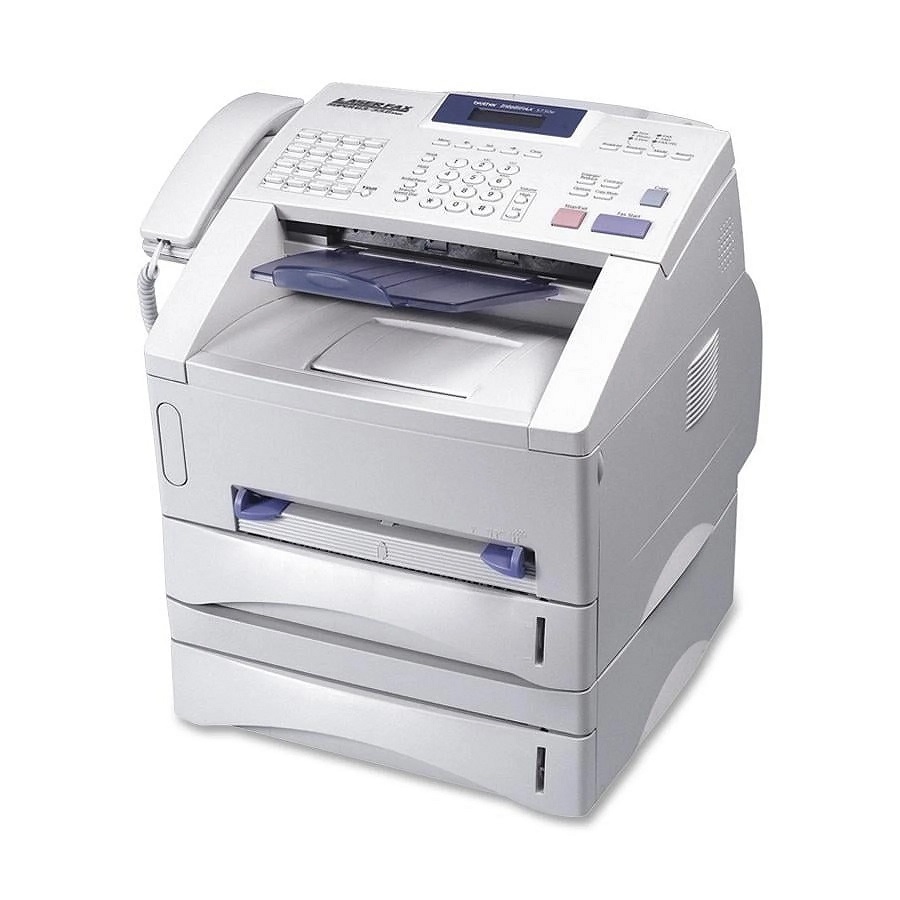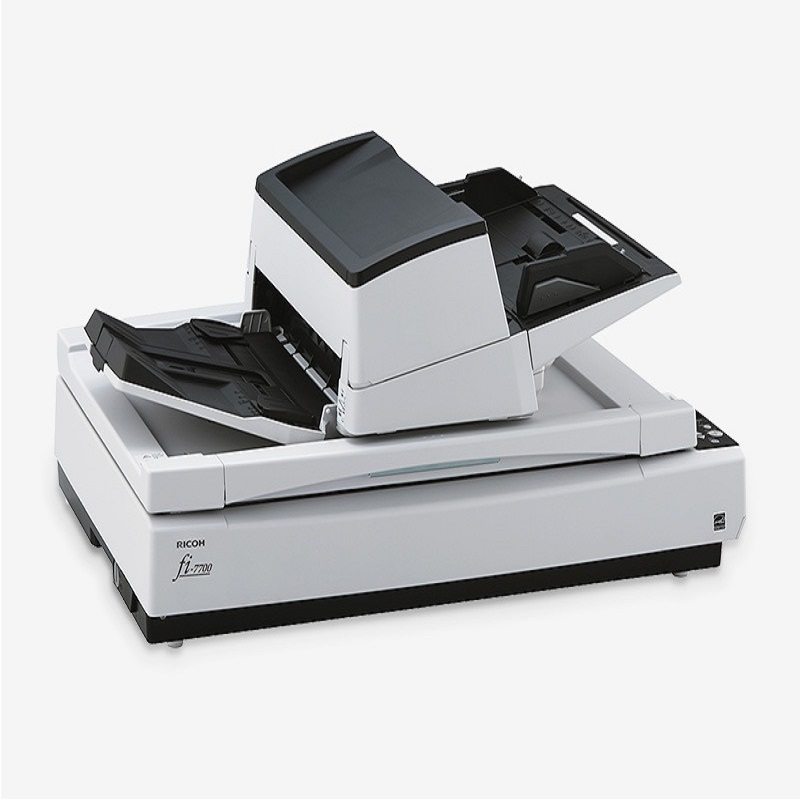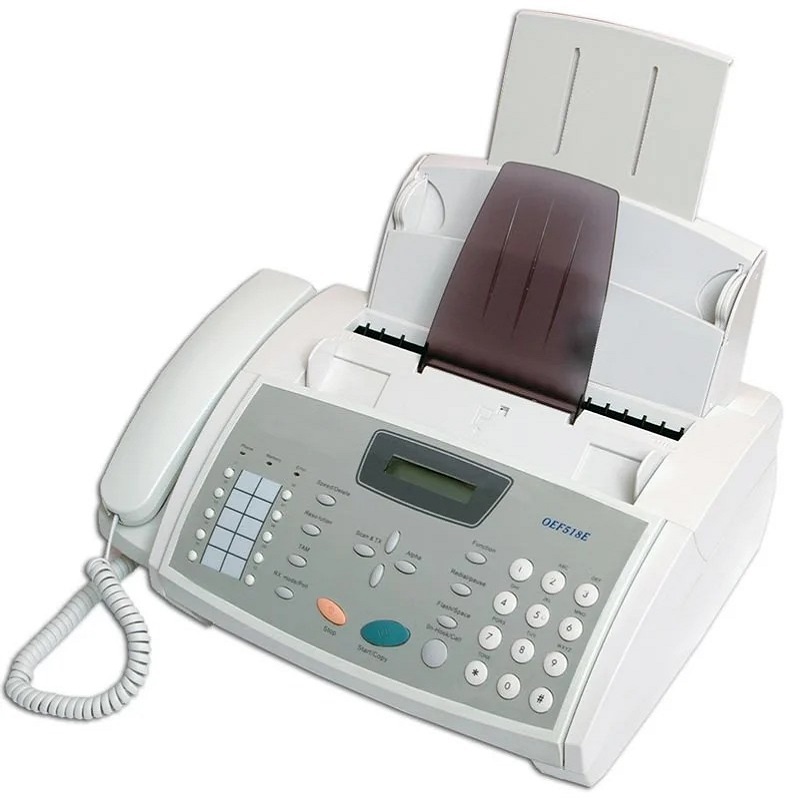How does a fax machine work at home? In today’s digital age, fax machines are often considered outdated technology, but they still play a vital role in many businesses and even in some homes. Fax machines are used for sending and receiving documents over a telephone line, making them an essential tool for sharing information in a secure and reliable way. In this article, we will explore how a fax machine works at home, including the basic principles behind its operation and the steps involved in sending and receiving a fax.

Basic Principles of Fax Machine Operation
At its core, a fax machine operates by converting a document into electronic signals that can be transmitted over a telephone line. The process of sending a fax involves several key steps, starting with the scanning of the document to be faxed. The scanned image is then encoded into a format that can be transmitted over a telephone line, and the receiving fax machine decodes the signals to reconstruct the original document. This process allows for the transmission of printed documents over long distances, making fax machines an essential communication tool for businesses and individuals alike.
Sending a Fax
To send a fax at home, you will need a fax machine, a telephone line, and the document you wish to fax. The first step is to prepare the document by placing it in the fax machine’s document feeder or on its scanning bed. Once the document is in place, you will need to enter the recipient’s fax number using the keypad on the fax machine. After entering the fax number, you can press the “send” button to initiate the transmission process. The fax machine will then scan the document, encode it into electronic signals, and transmit the signals over the telephone line to the recipient’s fax machine.
Receiving a Fax
When receiving a fax at home, the process is relatively straightforward. The fax machine must be turned on and connected to a telephone line, and the machine must be set to “receive” mode. When a fax is sent to your home fax number, the receiving fax machine will automatically answer the call and begin the process of decoding the electronic signals to reconstruct the original document. Once the fax is received, it will be printed out by the fax machine, allowing you to review and use the information contained in the fax.
Advantages and Disadvantages of Using a Fax Machine at Home
While fax machines offer a convenient way to send and receive documents, they also have their limitations. One of the primary advantages of using a fax machine at home is the ability to securely transmit documents without relying on email or other digital communication methods. Fax machines also provide a paper trail for important documents, making them a valuable tool for record-keeping and compliance purposes.
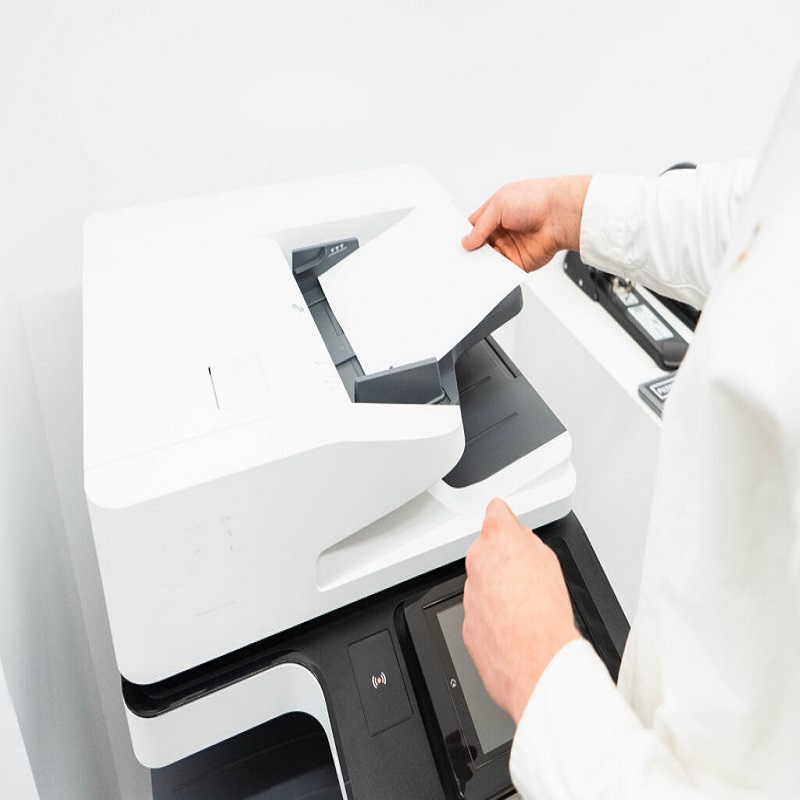
On the other hand, fax machines require a dedicated telephone line, which can be an added expense for those who do not already have a landline. They are also slower and less efficient than digital communication methods, such as email or file sharing services. Additionally, fax machines require regular maintenance and can be prone to technical issues, which can be frustrating for home users.
Precautions for using fax machine work
Fax machines have been a popular means of communication in offices and businesses for many years. Despite the advancement in technology, fax machines are still widely used due to their simplicity and security. However, there are certain considerations to keep in mind when using a fax machine to ensure efficient and error-free communication.
Understanding the Fax Machine
Before using a fax machine, it is important to have a good understanding of how it works. A fax machine uses a telephone line to transmit scanned documents to a recipient’s fax machine. It converts the document into an electronic image, which is then transmitted through the phone line. The receiving fax machine reconverts the electronic image back into a printed document.
Proper Use of Fax Machine
When using a fax machine, it is important to ensure that the documents are positioned correctly in the document feeder or on the scanner glass. This will ensure that the entire document is scanned and transmitted accurately. Additionally, it is important to enter the recipient’s fax number correctly to avoid sending the document to the wrong recipient.
Quality of Documents
It is important to ensure that the documents being faxed are of high quality and easy to read. Faded or poor-quality documents may not transmit well and may result in a distorted or unclear image on the receiving end. Clear and legible documents are essential for effective communication through a fax machine.
Proper Maintenance
Regular maintenance of the fax machine is essential to ensure its smooth operation. This includes cleaning the scanners, replacing ink or toner cartridges, and clearing paper jams. Failure to maintain the fax machine can result in poor quality transmissions and frequent breakdowns.
Security Considerations
Since fax transmissions travel through phone lines, there is a risk of interception by unauthorized parties. It is important to take appropriate security measures when transmitting sensitive or confidential documents through a fax machine. This may include using secure fax lines, encrypting the transmitted documents, or using a fax cover sheet with a confidentiality notice.
Appropriate Use of Fax Cover Sheets
Fax cover sheets are used to provide additional information about the transmitted document, such as the sender’s and recipient’s details, a brief description of the document, and any special instructions. It is important to use fax cover sheets appropriately to ensure that the recipient has all the necessary information about the transmitted document.

Advantages of fax machine work
Legal recognition
Another advantage of fax machine work is the legal recognition of faxed documents. In many jurisdictions. Faxed documents have the same legal standing as physical documents. This can be important in situations. Where a signed document is required for a contract or other legal matter. And fax machine work can provide a quick. And reliable way to send and receive these documents.
Reliability
Fax machines are generally considered to be a reliable method of communication. Unlike email, which can be prone to technical issues and restrictions on file size. Fax machines have a high rate of successful transmission. This reliability can be crucial in business situations where time is of the essence. And there is no margin for error.
Ease of use
Fax machines are also relatively easy to use. With a simple interface that allows for quick transmission of documents. This can be particularly advantageous for individuals who may not be as familiar with digital communication methods. Or who need to send and receive documents quickly without the need for technical expertise.
Conclusion
In conclusion, fax machines continue to play a significant role in home and business communication. Providing a reliable and secure method for sending and receiving documents. While they may be considered outdated by some. Fax machines offer unique advantages that make them a valuable tool for many users. By understanding the basic principles of fax machine operation and the steps involved in sending and receiving a fax at home. Individuals can make informed decisions about. Whether to incorporate fax technology into their communication strategies. Whether used for personal or professional purposes. Fax machines remain a relevant and useful tool in today’s digital world.






